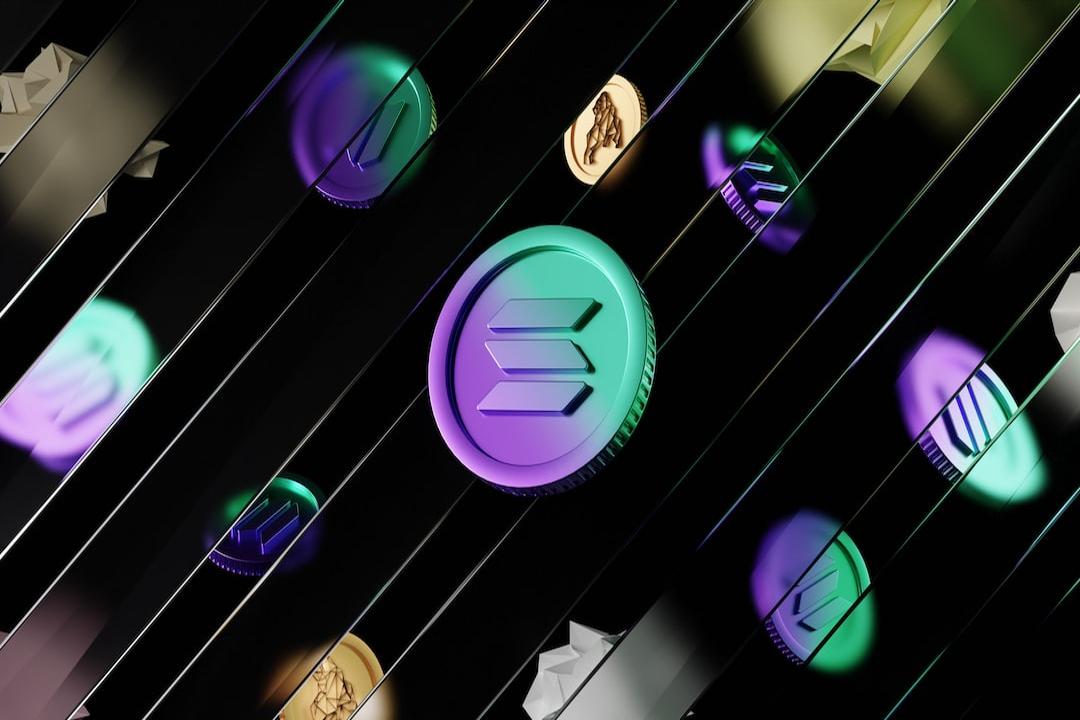Bitcoin finally broke out of its consolidation pattern yesterday, surpassing the wedge resistance zone of 44,000. Ethereum also broke through the 2,400 level. As the Dow Jones and S&P hit new highs, will the cryptocurrency market also see a Chinese New Year rally?
In a recent report by 10X Research, a winning strategy for the Chinese New Year was shared. It advised buying Bitcoin three days before the lunar new year and selling it ten days later, resulting in an average return rate of 10%. This strategy has been profitable in ten out of eleven years, with a success rate of 91%.
Last night, which was also the last working day before the Lunar New Year in Taiwan, Bitcoin ended its long consolidation pattern by breaking through the upper range of the wedge resistance zone at 44,000. Is this the start of the Chinese New Year rally?
According to the Elliott Wave Theory cited by 10X Research, Bitcoin reached its fourth wave low of 38,555 on January 23, officially starting the final rising segment of the fifth wave. It is expected that Bitcoin will reach the target of 52,000 by mid-March.
In a bull market, the fifth wave represents the final rising segment, which may be smaller than the third wave of the main rising segment or continue to rise. Its magnitude is difficult to predict, and the market tends to FOMO at this time. Once the trend quickly reverses, many people will be caught at the peak, which is why it is often referred to as the “evil fifth wave.”
10X Research also predicts that the fifth bull market may peak between April and September 2025. This is based on a halving cycle analysis, and the predicted price may continue to climb for fourteen months.
However, since it is the evil fifth wave, the timing of the final reversal is difficult to predict. Investors must manage risks and DYOR (do your own research) when entering the market.
Related Readings:
10X Research: Bitcoin’s explosive rise to start within a few days, reaching 52,000 by mid-March
10X Research: Winning strategy for Bitcoin during Chinese New Year, with a success rate of 90% and a return rate of 10%

